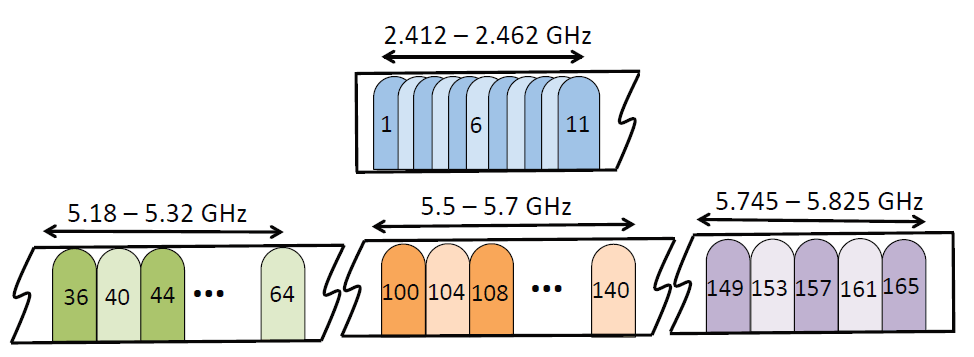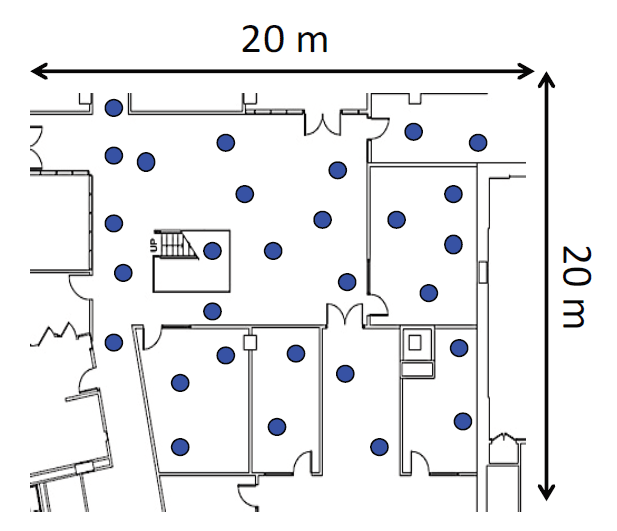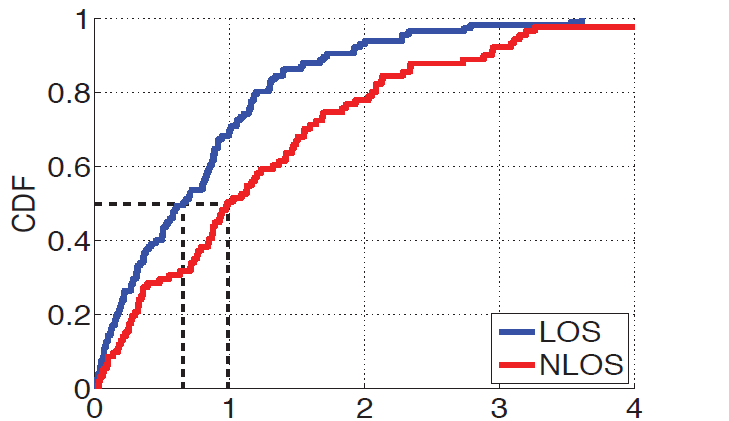MIT has developed a Wi-Fi positioning system with decimeter accuracy
 GPS satellite technology is great for car navigators and rocket tracking, but it almost doesn't work in buildings. There are various “crutches” for indoor navigation — triangulated from surrounding hotpots constantly changing their coordinates, via radio beacons, etc. But it is unlikely that any of these methods can be compared in ease of use and accuracy with the new Chronos technology developed at the Massachusetts Institute of Technology.
GPS satellite technology is great for car navigators and rocket tracking, but it almost doesn't work in buildings. There are various “crutches” for indoor navigation — triangulated from surrounding hotpots constantly changing their coordinates, via radio beacons, etc. But it is unlikely that any of these methods can be compared in ease of use and accuracy with the new Chronos technology developed at the Massachusetts Institute of Technology.The Chronos system works up to the ingenious simply and efficiently. The basic idea is that the Wi-Fi receiver and transmitter emulate multi-gigahertz broadband radio stations and simultaneously transmit the signal in all available ranges at once. In the 2.4 GHz and 5 GHz region, there are 35 frequency bands on which broadcasting takes place.

')
At each frequency, the phase “accumulates” at different speeds. The transmitter switches between bands every 2-3 microseconds, and the receiver each time compares the phase difference. In this way, the Chronos system calculates the exact distance between the devices.
For example, if the distance between the receiver and the transmitter is 0.6 meters, then the phases at different frequencies will coincide after 2 nanoseconds, as shown in the illustration.

If there are several Wi-Fi antennas on the device, like on most modern smartphones and laptops, then Chronos will calculate the angle between the devices, that is, in what direction they are from each other. Thus, knowing the coordinates of the access point, you can determine the exact coordinates of each smartphone / laptop that connects to this hotspot.

Placement of Wi-Fi receivers during an experiment in a real environment
During an experiment in a real environment, such as a multi-room apartment or cafe, Chronos determined the location of devices on standard W-Fi commercial equipment with an average average of 65 cm in line of sight (LOS) and 98 cm in indirect visibility (NLOS), this is several times more accurate GPS.

Distance accuracy

Localization accuracy
The inventors have noted that such a system can find various applications. For example, it can replace passwords in conditionally open hotspots. The owner of a cafe or apartment will configure the router in such a way that you can connect to it only from inside the apartment or cafe perimeter !
Another use case is in multikopter positioning systems, so that the device automatically maintains a safe distance from a person (or, on the contrary, for homing, for military purposes).
Since Wi-Fi support is available in almost all smartphones, the Chronos is great for internal positioning systems.
True, in the current implementation there are certain limitations. To activate the system, you will have to not only install the appropriate application or upgrade the firmware, but also carry out a one-time calibration of the smartphone / laptop for a specific access point. In addition, the procedure for measuring signals at all frequencies takes about 0.1 s, so that some error occurs if the device moves. But in some cases it is easy to compensate for this error, knowing the speed and direction of movement (for example, in the case of a flying drone).
If everything goes according to plan, then in a few years such technology may appear in new smartphones.
Source: https://habr.com/ru/post/392497/
All Articles